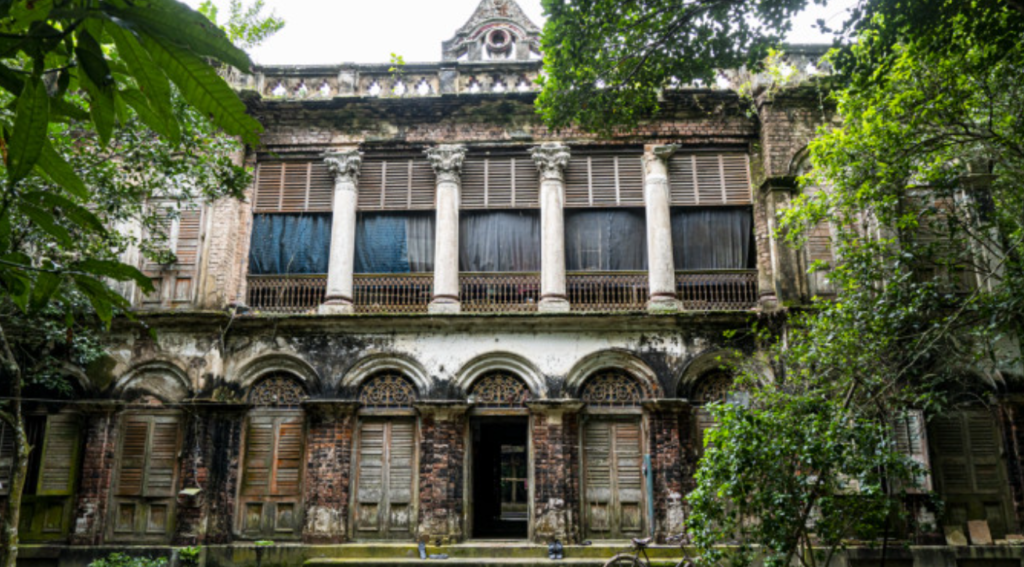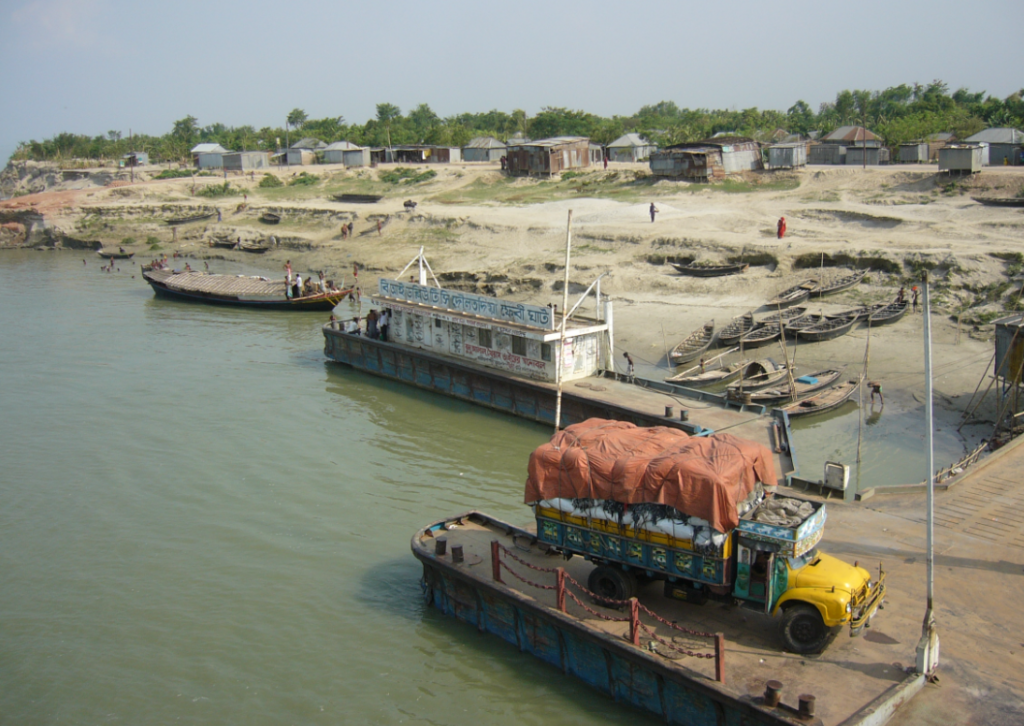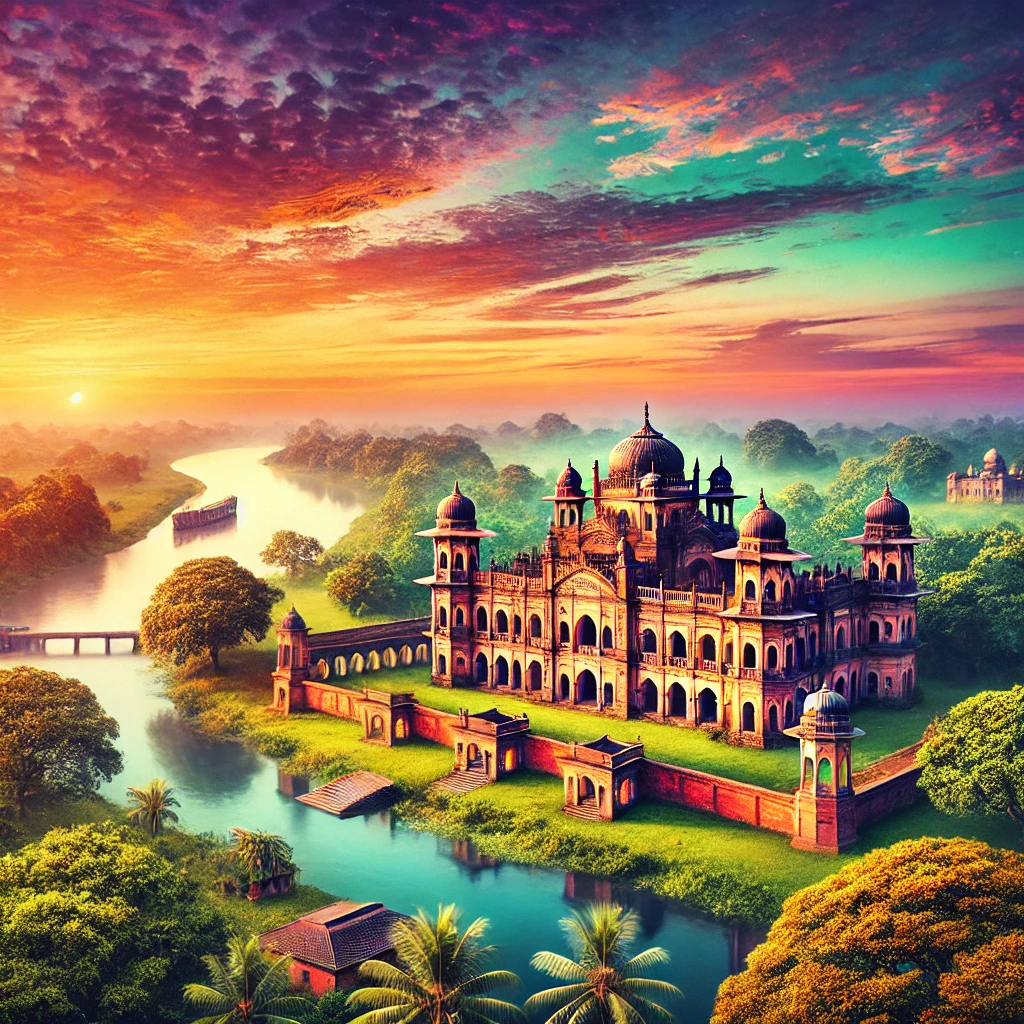Rajbari, a district steeped in history and cultural vibrancy, lies in the heart of Bangladesh’s Dhaka division. Famous for its historical landmarks, riverine beauty, and Baul traditions, Rajbari is a captivating destination for travelers and history enthusiasts alike. The district’s name, derived from its association with zamindars (landlords), reflects its illustrious past.
With its lush landscapes, vibrant festivals, and rich traditions, Rajbari offers a unique blend of historical intrigue and rural charm.
Geographic and Administrative Overview
Rajbari spans an area of 1,118 square kilometers and is bordered by Kushtia, Faridpur, and Manikganj districts. The district comprises five administrative upazilas:
- Rajbari Sadar: The central hub of the district, known for its administrative and cultural significance.
- Pangsha: Famous for its Baul traditions and scenic rural landscapes.
- Baliakandi: Renowned for its agricultural abundance and serene natural beauty.
- Kalukhali: A hub of traditional activities and historical landmarks.
- Goalanda: The gateway to the southern regions of Bangladesh, home to the famous Goalanda Ghat.
The district’s proximity to the mighty Padma River further enhances its importance, both geographically and economically.
Historical Significance
Rajbari’s history is intertwined with the zamindari system that prevailed during the British colonial era. The Rajbari Zamindar Palace, after which the district is named, stands as a testament to the opulence of its former rulers. These zamindars played a significant role in the socio-economic development of the region, leaving behind a legacy of architectural marvels and cultural traditions.
During the Liberation War of 1971, Rajbari witnessed several key events and played an integral role in Bangladesh’s struggle for independence.
Must-Visit Attractions
1. Rajbari Zamindar Palace

This iconic structure, though partially in ruins, offers a glimpse into the grandeur of colonial-era architecture. Its intricate designs and historical significance make it a must-visit for history enthusiasts.
2. Goalanda Ghat

Located on the banks of the Padma River, this bustling river port is a hub of activity. Ferries from Goalanda Ghat connect Rajbari to southern districts like Barisal and Khulna, making it a vital transit point. The scenic beauty of the river, especially during sunrise and sunset, is a visual treat.
3. Pangsha’s Baul Culture
Pangsha is the heart of Rajbari’s vibrant Baul tradition. Baul singers, with their soulful melodies and spiritual lyrics, reflect the mystic philosophy of Lalon Shah and other Baul saints. Attending a Baul performance here is a transformative experience.
4. Padma River
The Padma River is the lifeline of Rajbari, offering stunning views and a tranquil environment. Fishing, boating, and picnicking by the river are popular activities for locals and visitors alike.
5. Baliakandi’s Rustic Charm
For those seeking peace and serenity, Baliakandi is the perfect destination. Its green fields, traditional mud houses, and serene water bodies offer a quintessential rural Bangladeshi experience.
6. Kalukhali’s Historical Sites
Kalukhali is home to several historical landmarks, including ancient temples and mosques, showcasing the district’s religious and cultural diversity.
Festivals and Cultural Heritage
Rajbari is a treasure trove of cultural traditions and festivals. The district celebrates several vibrant events throughout the year:
- Baul Song Festivals: Held annually in Pangsha, these festivals attract Baul singers and enthusiasts from across the country.
- Pahela Baishakh: The Bengali New Year is celebrated with much enthusiasm, featuring traditional fairs, music, and food.
- Boat Races: Organized during the monsoon season, these races on the Padma River are a thrilling spectacle.
- Religious Festivities: The district hosts various Hindu and Muslim festivals, reflecting its cultural diversity.
Famous Personalities
Rajbari has produced several notable individuals who have left their mark on history and culture:
- Alauddin Al Azad: A renowned poet and writer, known for his contributions to modern Bengali literature.
- Shamsul Haque: A political leader who played a key role in the Liberation War.
- Baul Shahjahan: A legendary Baul singer whose songs embody the mysticism and spirituality of Baul traditions.
Economic Significance
Agriculture forms the backbone of Rajbari’s economy. The fertile lands of the district are ideal for cultivating rice, jute, and various vegetables. The Padma River supports fishing activities, with Hilsa fish being a prized catch.
In recent years, the district has seen growth in small-scale industries, including weaving, pottery, and handicrafts. These industries not only support the local economy but also preserve traditional skills and crafts.
Connectivity and Transportation
Rajbari is well-connected to other parts of Bangladesh through a network of roads, railways, and waterways:
- Roadways: Buses and private vehicles provide easy access to the district.
- Railways: The railway system connects Rajbari to major cities like Dhaka and Khulna.
- Waterways: Goalanda Ghat serves as a vital link between the northern and southern regions of the country.
Future Prospects
With its rich history, vibrant culture, and strategic location, Rajbari has immense potential for tourism and economic development. Initiatives to preserve historical landmarks and promote eco-tourism can further enhance the district’s appeal.
Conclusion
Rajbari is a district where the past and present coexist harmoniously. Its historical landmarks, cultural richness, and natural beauty make it a destination worth exploring. Whether you are captivated by the soulful melodies of Baul songs, intrigued by the history of zamindars, or simply seeking a serene getaway by the Padma River, Rajbari promises an unforgettable experience.
Plan your trip to Rajbari and uncover the treasures of this hidden gem in the heart of Bangladesh.




